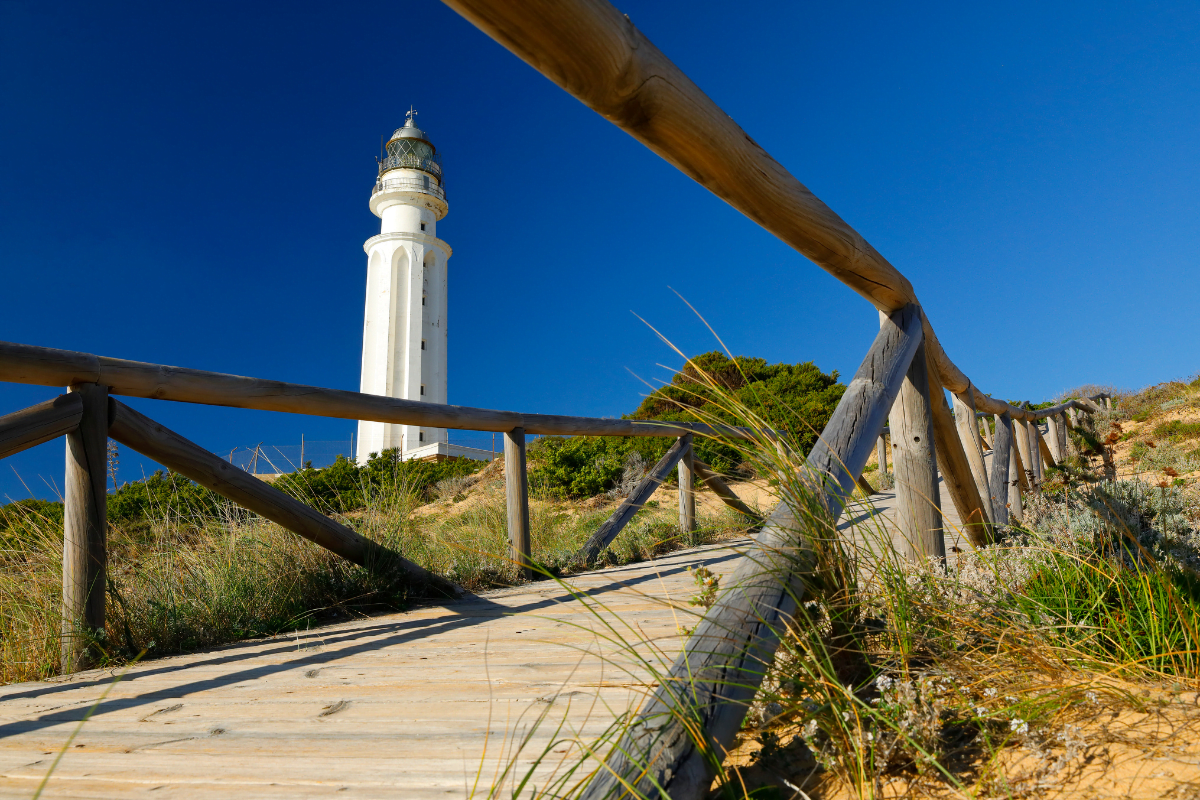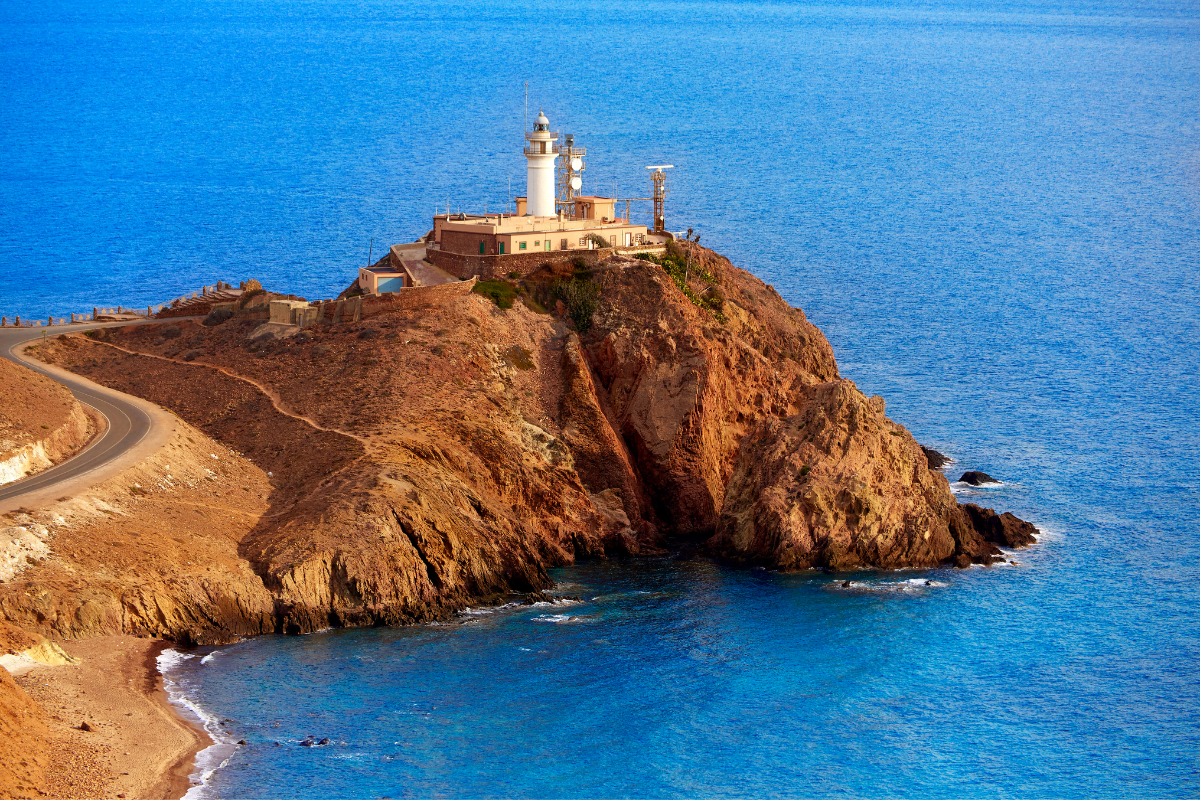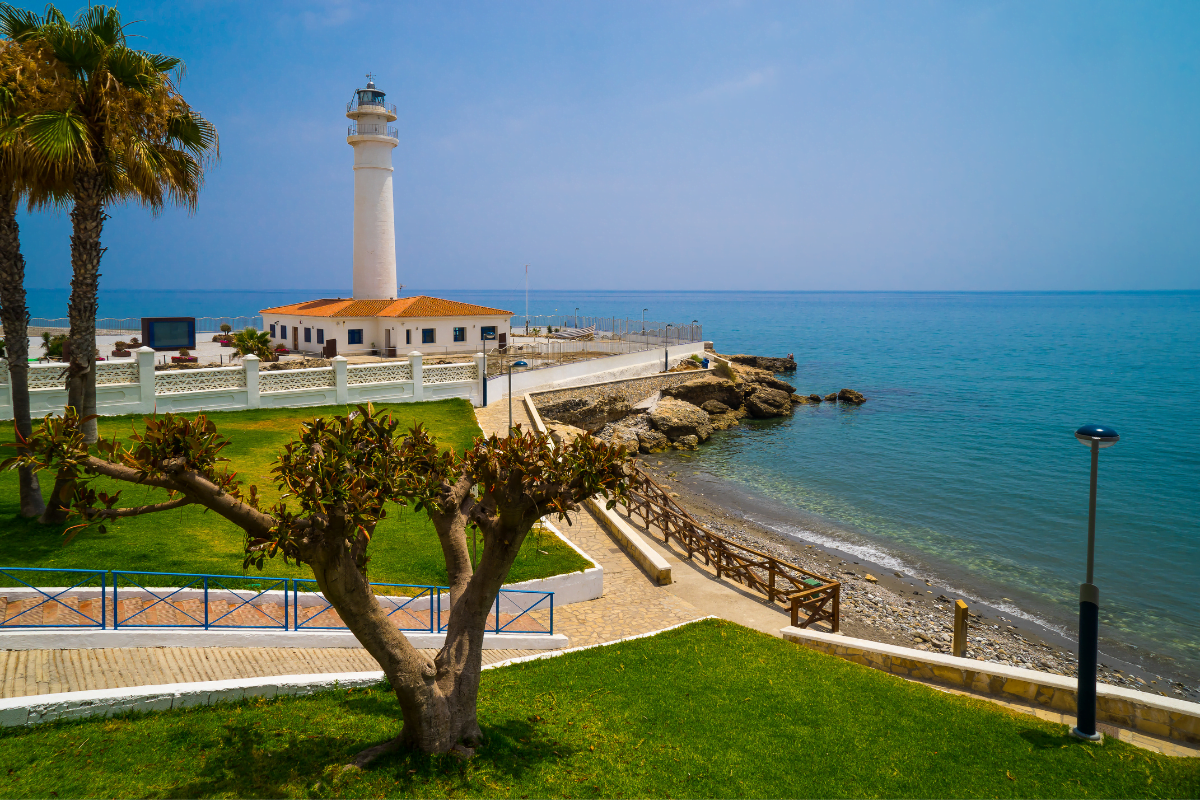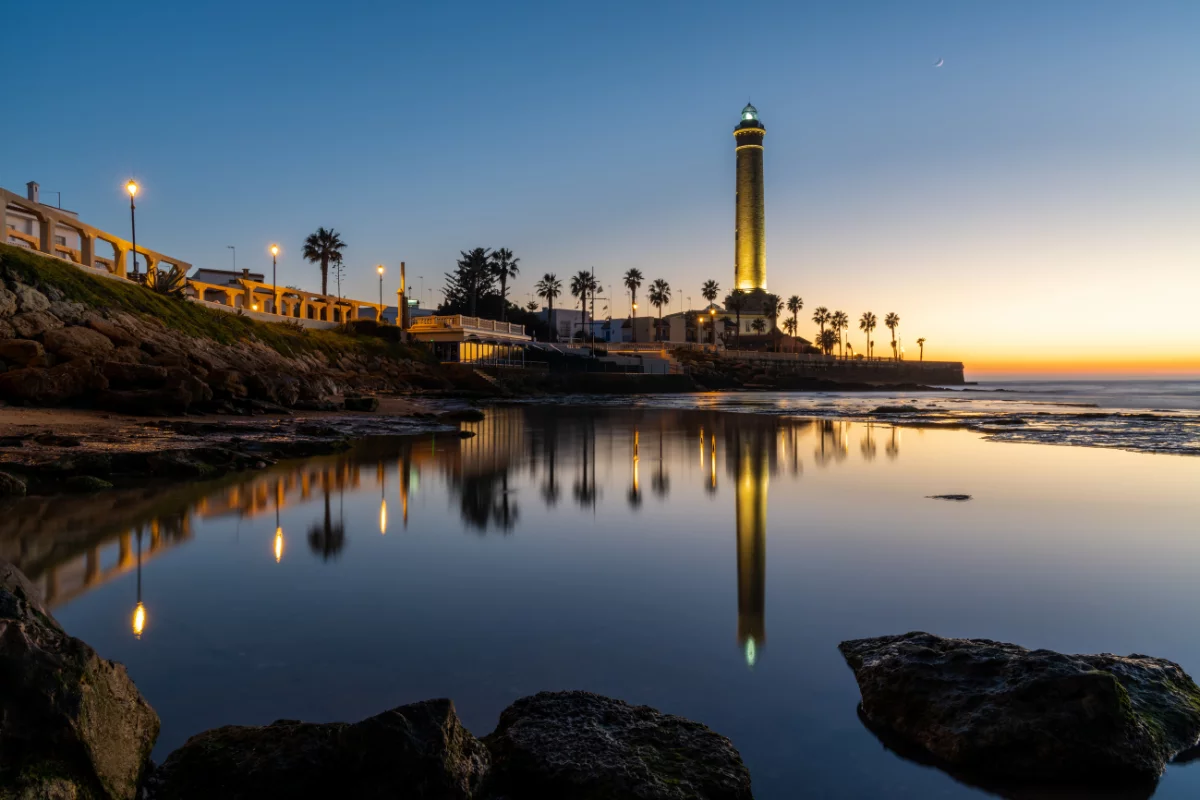The coast of Andalusia is full of symbols of safety, landmarks and… mystery – lighthouses! These majestic structures, which have been guiding seafarers to safe harbours for centuries, are not only practical but also unique tourist attractions.
Lighthouses have always played a key role in safe maritime navigation, warning sailors of potential dangers and indicating safe routes. Some are monuments from the past, with massive structures and a rich history, while others – although newer – also provide unforgettable views. In the GPS era, lighthouses may seem anachronistic, but they still serve an important function as emergency landmarks, as well as symbols of maritime culture and historical heritage.
Compasses for sailors
Andalusia – a multicultural region of Spain – is full of extraordinary lighthouses that every day show the way to sailors and please the eyes of tourists. Among them, the most noteworthy are:
Faro de Trafalgar – this majestic lighthouse stands proudly on Cape Trafalgar in the western part of the province of Cadiz in Andalusia. It is a place of historical significance, a reminder of the famous naval battle of Trafalgar in 1805, where the Royal Navy under Admiral Nelson defeated the Franco-Spanish fleet.
Built in 1860, Trafalgar Lighthouse is definitely worth a visit. Rising 34 metres high with a white cylindrical structure that contrasts with the bright blue sky and Atlantic waves. Its light, visible from up to 22 nautical miles away, continues to be a reliable guide for sailors navigating these waters.

The landscape around the lighthouse is extraordinary – with wild beaches and natural dunes providing an idyllic backdrop to this historic structure. A walk around the area is the perfect way to experience the natural beauty of the region. Faro de Trafalgar has something for everyone. It is a unique place that combines historical significance with undeniable charm, making it an important point on the map of any Andalusian trip.
Faro de Chipiona – like a magnificent sentinel, it dominates the picturesque town of Chipiona in western Andalusia. Unusual in its size and majesty, with a height of 69 metres, it is the tallest lighthouse in Spain and one of the tallest in Europe. This giant, built in 1867 over the centuries, has become an integral part of the region’s landscape. Its massive, cylindrical and white-painted structure is visible from far away – even from 60 km away.
Up close, the lighthouse is even more impressive – highlighting not only its gigantic size, but also its elegance and architectural harmony. The climb to the very top of the lighthouse is a real treat for tourists. The 344 steps leading up to the top, although demanding, guarantee the reward of unforgettable, panoramic views of the Atlantic, the town of Chipiona and the surrounding vineyards – known for producing the famous sherry.

Cabo de Gata is one of the most important landmarks on the south-east coast of Spain, within the Cabo de Gata-Níjar Natural Park in Andalusia. Built in 1863 on Cape Cabo de Gata, the lighthouse stands on a cliff 50 metres high, making its light visible for 35 nautical miles. The lighthouse is 18 metres high and its distinctive white shape contrasts with the surrounding natural landscape – consisting of wild beaches, rocky shores and the crystal clear waters of the Mediterranean Sea.
There are many tourist attractions in the vicinity of the lighthouse. Particularly noteworthy are the scenic hiking trails leading to it, as well as the opportunity to discover the region’s rich flora and fauna. The area around the lighthouse is often visited by bird lovers, due to the multitude of species that can be found here – including flamingos and various species of gulls. Without doubt, the lighthouse is a valuable maritime and cultural heritage of Andalusia, and its presence is a reminder of the important role that lighthouses have played in the past.

Torrox is a unique landmark of considerable importance in the history of maritime navigation in southern Spain. Located in the province of Málaga, on the Costa del Sol, the lighthouse stands proudly on the border between the beaches of El Morche and Ferrara – being a symbol of the tiny but picturesque town of Torrox. Built in 1864, the Torrox lighthouse is 25 metres high and its light extends as far as 35 nautical miles. It stands on a pedestal of stone and on a hill, providing a breathtaking view of the Mediterranean Sea from its top.
From a historical point of view, Faro de Torrox is unique. This is because close to the lighthouse are the ruins of an ancient Roman settlement, the Villa Romana de Rio Verde, where the remains of buildings and mosaics from the Roman period can be seen. This highlights the deep links that the region has with the maritime and cultural history of the Mediterranean. The fact that the Roman ruins were found by a local lighthouse keeper adds an extra flavour to this history.

We also encourage you to read the post on the history and essence of the watchtowers, which, like the lighthouses, are scattered all over the Costa del Sol. You can find it at this link.
An ideal place to live
Andalusia is the perfect place for a holiday and the perfect place to live. It abounds with beautiful landscapes, rich history and culture, and offers great food. The Lighthouse Route is a unique way to discover these charms – a journey that combines incredible views, learning and relaxation. From charming towns to breathtaking beaches to majestic lighthouses, Andalusia has it all. Also, the warm climate, friendly locals and wealth of places to discover make this region a true paradise on earth.

